FOOD
25 Foods To Avoid If You Are On A Low Sodium Diet
Published
3 months agoon
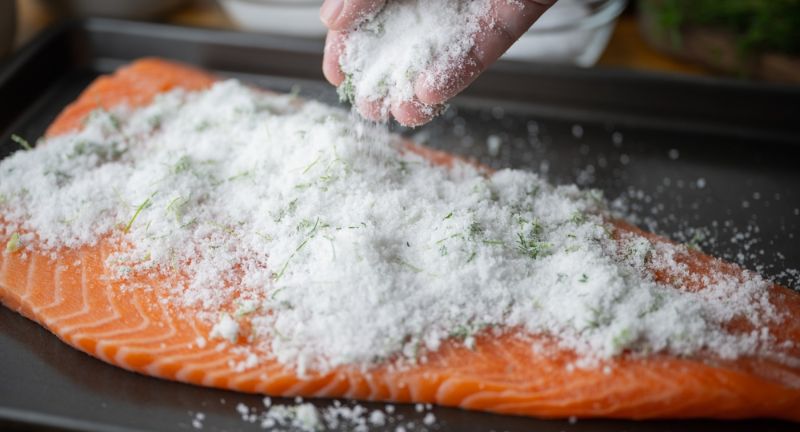
Shutterstock
If you’re following a low-sodium diet, it can be challenging to avoid foods that are high in hidden salt. Many everyday items, even those that don’t taste particularly salty, can contain significant amounts of sodium that add up quickly. Processed foods, canned goods, and even some dairy products often pack more sodium than expected. Being aware of these high-sodium foods can make it easier to maintain your dietary goals and prioritize heart health. Here’s a list of 25 common foods to be mindful of when aiming to reduce sodium in your diet.
Processed Meats

Shutterstock
Processed meats like ham, bacon, salami, and sausage are known for their high sodium content. The curing and preservation process often involve significant amounts of salt to enhance flavor and prolong shelf life. This makes them a poor choice for those on a low-sodium diet, as just one serving can account for a large portion of the daily recommended intake. Opting for fresh, unprocessed meats is a better choice for reducing sodium intake.
Canned Soups

Shutterstock
Canned soups are convenient but often contain high levels of sodium to enhance flavor and maintain shelf stability. A single can of soup can contain half or more of the daily sodium limit recommended by health experts. Even low-calorie or vegetable-based soups are frequently high in sodium, making them a less ideal choice. Opting for homemade soups or low-sodium versions can help keep sodium intake in check.
Frozen Meals

Shutterstock
Frozen meals, such as lasagna, pizza, and other pre-made entrees, are often loaded with sodium to maintain flavor and quality after freezing. These meals are convenient but can quickly add up in sodium, making them a poor choice for a low-sodium diet. Checking labels can reveal surprisingly high sodium content in seemingly harmless meals. Preparing fresh meals at home or choosing specifically labeled low-sodium options is a better approach.
Cheese

Shutterstock
Cheese, especially processed and aged varieties like American cheese, feta, and blue cheese, tends to be high in sodium. This added salt enhances flavor and helps with preservation, but it also adds up for those watching their sodium intake. Even small servings can contain a significant amount of sodium, making cheese a challenging choice for a low-sodium diet. Opt for fresh, unprocessed cheeses or check labels for low-sodium varieties.
Salted Snack Foods

Shutterstock
Salted snack foods like chips, pretzels, and crackers are often loaded with salt to enhance flavor. These snacks can easily lead to overconsumption of sodium, as it’s easy to eat multiple servings without realizing it. For those on a low-sodium diet, these snacks can be problematic, even when eaten in moderation. Choosing unsalted or low-sodium versions can satisfy cravings without compromising dietary goals.
Pickles and Fermented Vegetables

Shutterstock
Pickles and fermented vegetables like sauerkraut are high in sodium because they’re preserved in brine. The pickling process relies heavily on salt to create a sour and tangy flavor while keeping the vegetables fresh. For those on a low-sodium diet, these foods can quickly add up in salt content, especially if consumed frequently. Consider fresh or lightly pickled vegetables for a healthier alternative.
Soy Sauce

Shutterstock
Soy sauce is known for its high sodium content, with even small amounts contributing significantly to daily sodium intake. Many people don’t realize just how salty soy sauce is because it’s used in small portions. For those on a low-sodium diet, even a few teaspoons can make a big impact. Opting for low-sodium soy sauce or alternatives like coconut aminos can provide a similar flavor with less salt.
Condiments and Sauces

Shutterstock
Condiments like ketchup, mustard, BBQ sauce, and salad dressings are often high in sodium, even if they don’t taste particularly salty. These sauces add flavor but can also sneak in a lot of salt, especially when used generously. For those on a low-sodium diet, reducing or carefully selecting condiments can make a big difference. Many low-sodium versions are available, or you can make homemade versions with reduced salt.
Instant Noodles

Shutterstock
Instant noodles are popular for their convenience, but they often come with a seasoning packet high in sodium. The seasoning provides a lot of flavor in a small package, but it also contains more salt than most people realize. For those aiming to reduce sodium, instant noodles should be limited, or the seasoning packet should be used sparingly. Look for low-sodium varieties or make a quick noodle dish from scratch to control sodium levels.
Canned Vegetables

Shutterstock
Canned vegetables are convenient, but they often contain added salt for flavor and preservation. This added sodium can quickly add up, especially if canned vegetables are a regular part of the diet. For those on a low-sodium diet, canned vegetables labeled “no salt added” are a better choice. Rinsing canned vegetables can also help reduce sodium content, though fresh or frozen vegetables are the best options.
Restaurant and Fast Food

Shutterstock
Restaurant and fast foods are often high in sodium, as chefs use salt to enhance flavor and ensure consistency. Dishes like burgers, fries, sandwiches, and even salads can contain large amounts of hidden sodium. For those on a low-sodium diet, dining out can be challenging due to the high sodium content in many menu items. Choosing restaurants with low-sodium options or asking for dishes to be prepared without added salt can help reduce sodium intake.
Breads and Rolls

Shutterstock
Breads and rolls may not taste salty, but they often contain added sodium for flavor and preservation. Everyday items like sandwich bread, bagels, and dinner rolls can contribute significant sodium, especially when eaten daily. For those reducing sodium, opting for low-sodium bread options or limiting portions is helpful. Reading labels carefully can also provide insight into the sodium content of different bread products.
Processed Breakfast Cereals

Shutterstock
Some processed breakfast cereals, especially flavored or frosted varieties, contain hidden sodium that can add up over time. These cereals often use salt to enhance flavor and mask any bitterness from grains. For those on a low-sodium diet, choosing unsweetened, whole-grain cereals can reduce daily sodium intake. Checking nutrition labels before buying cereals is a smart way to keep sodium in check.
Tomato Sauces

Shutterstock
Canned tomato sauces, pastes, and purees are often high in sodium to boost flavor. While convenient, these sauces can quickly add to daily sodium intake, especially in pasta or pizza dishes. For those reducing sodium, looking for low-sodium or no-salt-added tomato products is a healthier choice. Making homemade tomato sauce is another excellent way to control sodium levels.
Bottled Salad Dressings

Shutterstock
Bottled salad dressings often contain hidden sodium to enhance flavor and increase shelf life. Even “light” dressings can contain more salt than expected, so portion control is essential. For those on a low-sodium diet, making homemade dressings with fresh herbs and vinegar can be a flavorful alternative. Checking labels or opting for low-sodium dressings can also help reduce sodium intake.
Cured Fish

Shutterstock
Cured fish like smoked salmon, anchovies, and sardines contain high levels of sodium due to the curing and smoking process. These methods rely heavily on salt to preserve and flavor the fish, making them a poor choice for a low-sodium diet. Even small servings can pack a significant sodium punch, which can quickly add up. Opting for fresh, unsalted fish is a healthier choice for those reducing sodium intake.
Cottage Cheese

Shutterstock
Cottage cheese is a surprising source of sodium, with many brands adding salt to enhance flavor. Even a single serving can contain a substantial amount of sodium, which can be problematic for those on a low-sodium diet. Choosing low-sodium or no-salt-added cottage cheese is a better option. Alternatively, other low-sodium dairy products can be used as replacements.
Pretzels and Salted Nuts

Shutterstock
Pretzels and salted nuts are popular snacks, but their sodium content is often high due to added salt. These snacks can be addictive, leading to accidental overconsumption of sodium if not monitored. For a low-sodium diet, unsalted or lightly salted versions of nuts and pretzels are better alternatives. These options satisfy cravings without compromising sodium intake goals.
Gravy Mixes

Shutterstock
Instant gravy mixes and bouillon cubes are convenient but typically high in sodium to deliver robust flavor quickly. A small amount of mix can contain more sodium than expected, making it challenging for low-sodium diets. Making homemade gravy with fresh ingredients or using low-sodium broth can help reduce sodium intake. Checking for low-sodium alternatives is also a good option.
Buttermilk and Processed Dairy

Shutterstock
Buttermilk and other processed dairy products like flavored yogurt can contain added sodium, especially if they’re intended to have a longer shelf life. Many people don’t realize the hidden sodium in these dairy items, as they may not taste salty. Opting for fresh, unprocessed dairy or making homemade alternatives can help control sodium intake. Low-sodium versions of processed dairy are also worth seeking out.
Pizza

Shutterstock
Pizza is a high-sodium food due to ingredients like cheese, cured meats, and sauce, all of which contribute significantly to the overall sodium content. Even a single slice can have more sodium than recommended for a low-sodium meal. For those watching their sodium intake, making homemade pizza with low-sodium ingredients is a better alternative. Choosing toppings carefully and using less cheese can make a big difference.
Pancake Mixes and Baked Goods

Shutterstock
Pre-made pancake mixes and other baked goods often contain added sodium to enhance flavor and help with leavening. This can make even seemingly sweet foods a hidden source of sodium. For those on a low-sodium diet, homemade mixes without added salt are a better option. Checking labels or choosing low-sodium brands can also help keep sodium intake down.
Marinated Meats and Pre-Seasoned Poultry

Shutterstock
Marinated meats and pre-seasoned poultry are often high in sodium, as salt is a common ingredient in marinades to enhance flavor and tenderize. These pre-seasoned options can add a lot of sodium unknowingly, making them less ideal for low-sodium diets. Choosing unseasoned cuts and marinating at home with low-sodium ingredients is a healthier approach. It allows for full control over the seasonings and sodium content.
Salted Butter

Shutterstock
Salted butter contains added sodium, which can add up when used frequently in cooking or baking. Even though it’s used in small amounts, for those on a low-sodium diet, switching to unsalted butter can help reduce sodium intake. Unsalted butter allows for more control over salt levels in recipes. Choosing unsalted butter also makes it easier to adjust seasonings to personal taste.
Olives

Shutterstock
Olives are cured in brine, making them a salty treat that may not fit well with a low-sodium diet. Even a small serving can contain a large amount of sodium, which can quickly add up. Rinsing olives before eating can help reduce sodium slightly, but it’s not always enough. For those on low-sodium diets, limiting olive intake or opting for other fresh vegetables as snacks is a good choice.
Conclusion

Shutterstock
Being mindful of sodium intake can make a big difference in supporting a heart-healthy diet. By reducing or avoiding these high-sodium foods, you can take control of your daily salt intake and feel more empowered in your eating choices. Remember that there are plenty of flavorful, low-sodium alternatives that can help keep your meals exciting and nutritious. Making small changes, like opting for fresh ingredients and carefully reading labels, can have lasting health benefits. With a few adjustments, maintaining a low-sodium diet can be both manageable and enjoyable.
Related Topics:

More From Lifestylogy
-
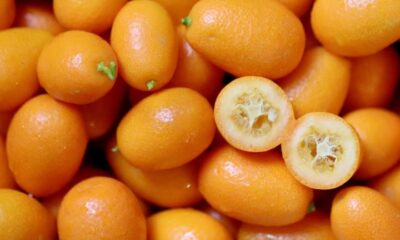

24 Fruits That Are Great Additions For All Your Fall…
-
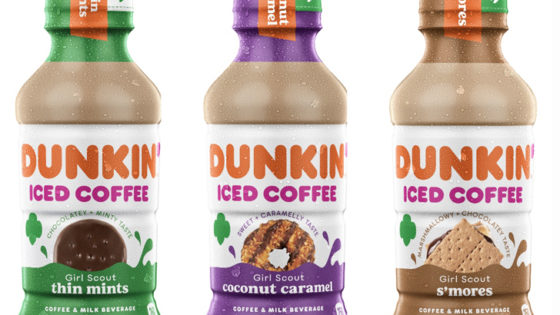

Dunkin’ Teams Up With Girl Scouts for Cookie Inspired Bottled…
-
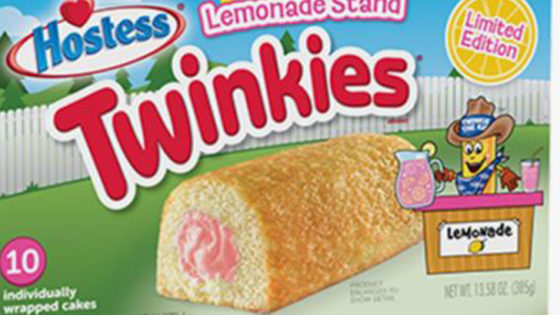

Hostess Channeling Summer Vibes With New Twinkie Flavor
-


Vegan Cookbook Author Shares Decision to Eat Meat Again
-
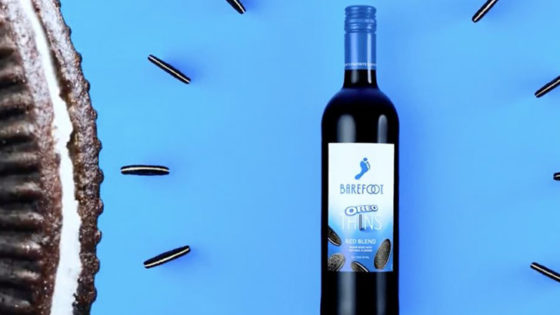

Oreo Teams Up with Barefoot Wines for Indulgent Collab
-


Suffering From High Blood Pressure? These Five Foods Will Help
-
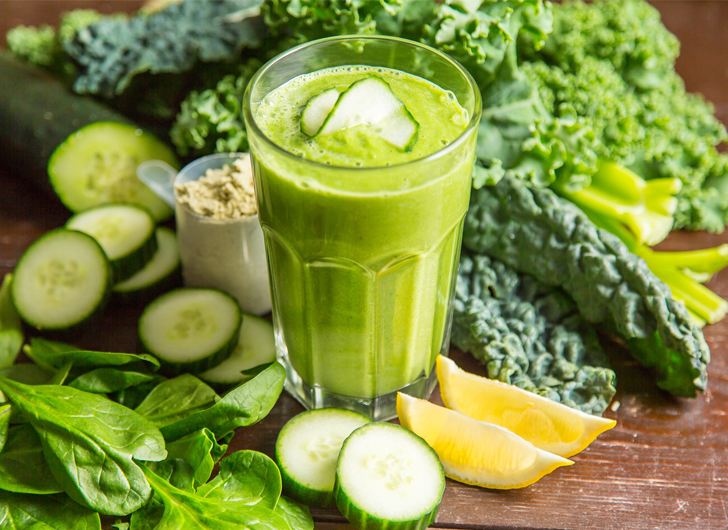

Five Smoothie Ingredients For Weight Loss
-


Chick-fil-A Testing Robot Delivery Vehicles
-
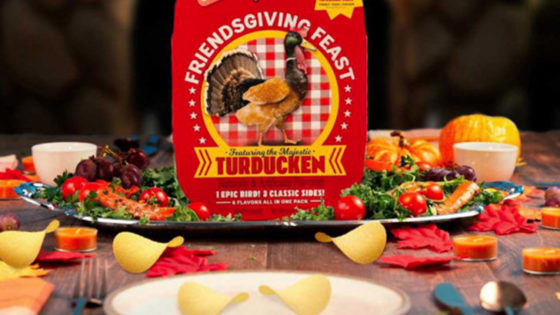

They’re Back! Pringles Bringing Back Their Popular Thanksgiving Kit